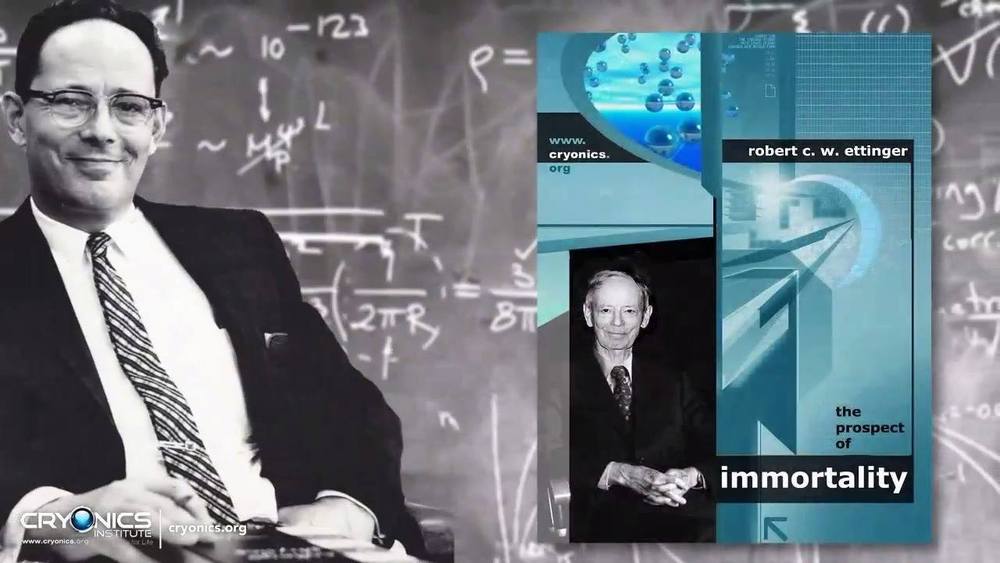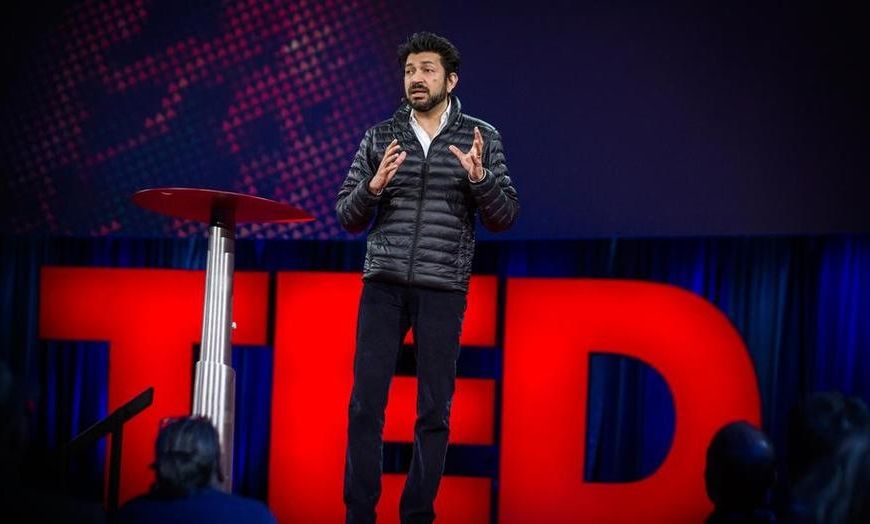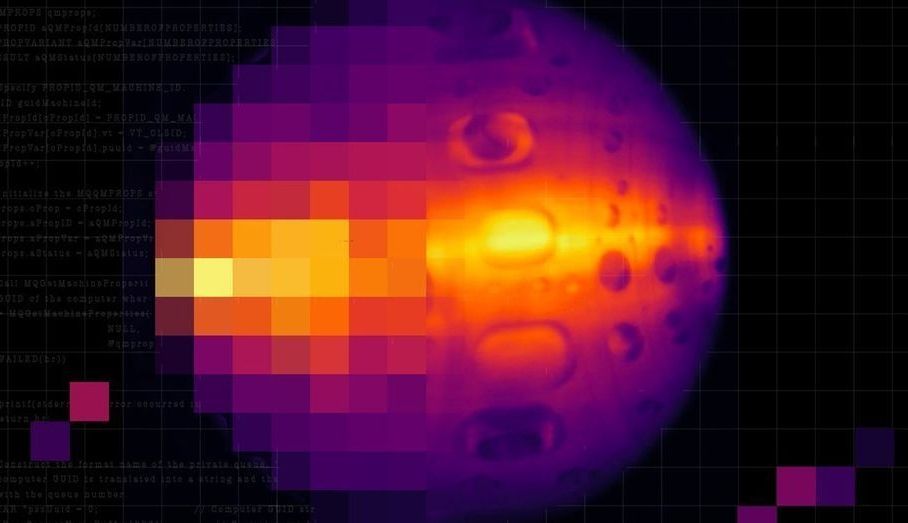Page 9394
Jan 29, 2019
Scientists Generate Quantum Entanglement in Space For the First Time
Posted by Paul Battista in categories: quantum physics, space
The entangled photons were beamed to three ground stations across China, each separated by more than 700 miles—a new record.
Jan 29, 2019
Clinton Township, MI
Posted by Paul Battista in categories: biotech/medical, cryonics, education, life extension

We specialize in the cryo-preservation of humans and pets, DNA & tissue storage as well as cryonics outreach and public education.
Jan 29, 2019
Alzheimer’s blood test detects brain damage years before symptoms
Posted by Paul Battista in categories: biotech/medical, neuroscience
Testing blood levels of a protein that brain cells leak when faulty or dying detected people with Alzheimer’s disease years before their symptoms emerged.
Jan 29, 2019
Can AI help crack the code of fusion power?
Posted by Klaus Baldauf in category: robotics/AI
Jan 29, 2019
Engineers translate brain signals directly into speech
Posted by Caycee Dee Neely in categories: innovation, robotics/AI
History Made
In a scientific first, Columbia neuroengineers have created a system that translates thought into intelligible, recognizable speech. By monitoring someone’s brain activity, the technology can reconstruct the words a person hears with unprecedented clarity. This breakthrough, which harnesses the power of speech synthesizers and artificial intelligence, could lead to new ways for computers to communicate directly with the brain. It also lays the groundwork for helping people who cannot speak, such as those living with as amyotrophic lateral sclerosis (ALS) or recovering from stroke, regain their ability to communicate with the outside world.
Jan 29, 2019
As tropical oceans warm, we could see a substantial increase in extreme rain storms
Posted by Michael Lance in category: climatology
A new study led by the NASA Jet Propulsion Laboratory finds that 21 percent more storms will form for every 1.8° F (1° C) that ocean surface temperatures rise. See the projections based on currently accepted climate models: https://go.nasa.gov/2GcAS65
Jan 29, 2019
Mayhem, the Machine That Finds Software Vulnerabilities, Then Patches Them
Posted by Caycee Dee Neely in categories: business, cybercrime/malcode, robotics/AI
Bug and vulnerability hunting is a big business and the need for it is getting larger and larger. Up until this point, the majority of work had been from people. Either as hackers discovered holes and released exploits or as companies paid people to do the testing.
The machine triumphed in DARPA’s Cyber Grand Challenge, where teams automated white-hat hacking.
Jan 29, 2019
Business Forum: Photons are good business — An interview with Akira Hiruma
Posted by James Christian Smith in categories: bioengineering, business, transportation
Early November 2018, Conrad Holton visited Japan at the invitation of Hamamatsu Photonics to attend the three-day Photon Fair, the company’s big event looking at its technologies and vision for the future. The Fair is held every five years near its headquarters in Hamamatsu City, about 150 miles southwest of Tokyo. In addition to thousands of customers, suppliers, and students who attended, the event was open to the public for one day to show the many technologies just emerging from the company’s research labs and how these technologies might impact fields ranging from the life sciences to transportation and manufacturing.
An interview with the CEO of Hamamatsu Photonics shows how an engineering company with a singular focus on photonics can succeed.
Jan 29, 2019
UNITY Expands Human Senolytic Trial
Posted by Steve Hill in categories: biotech/medical, life extension
UNITY Biotechnologies has recently announced an expansion of its first-stage human trial of UBX0101, a drug that has been shown to have senolytic properties in mice [1] and that the company hopes will be useful in treating painful osteoarthritis of the knee.
An expanded clinical trial
UNITY Biotechnologies, a $495 million biotech company in the process of creating senolytic medicines that target one of the aging processes, has just announced an expansion of its first-stage human trial of the first drug in its pipeline (UBX0101), which targets painful osteoarthritis of the knee.

















